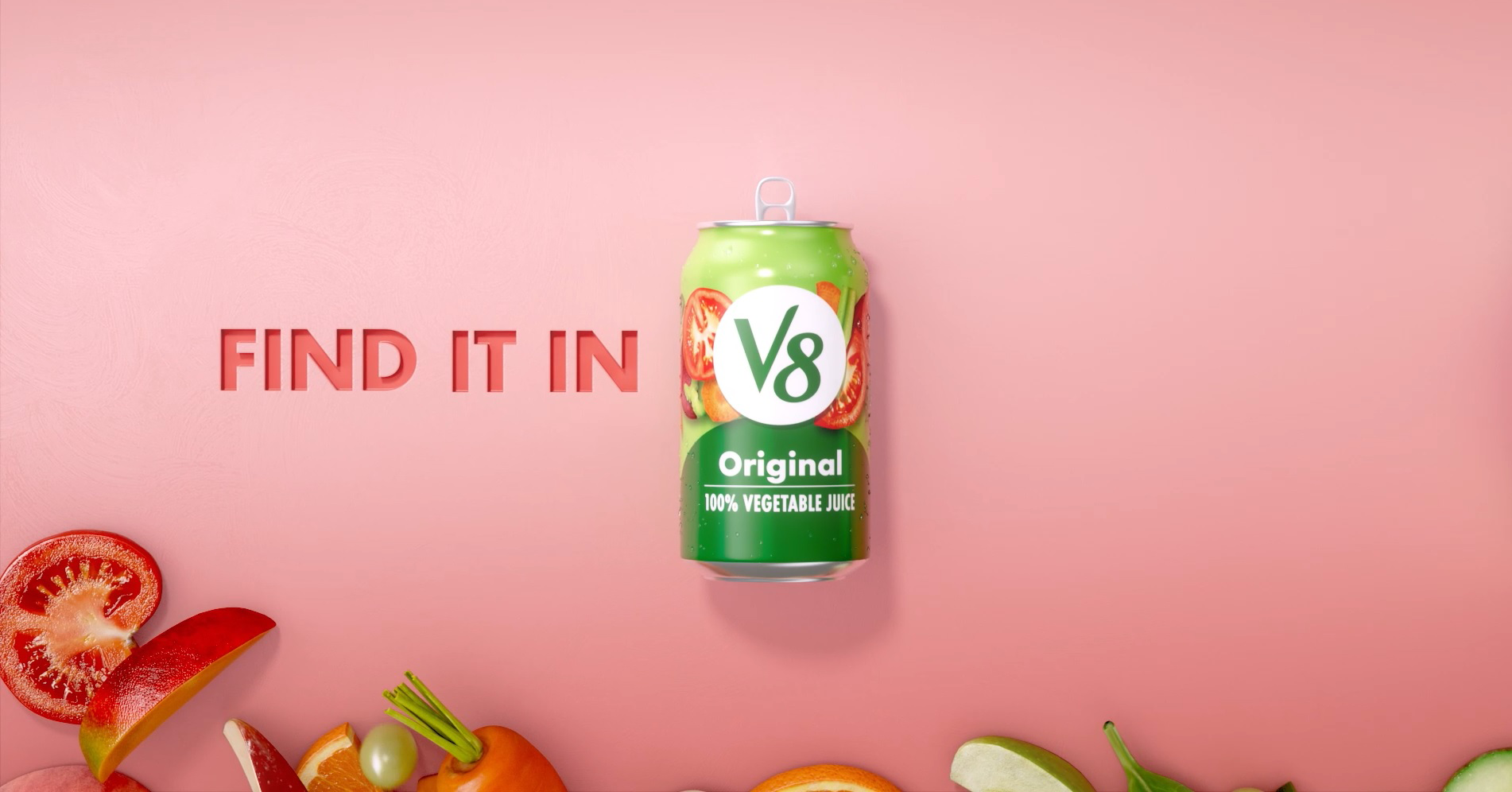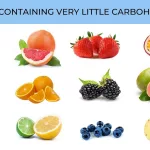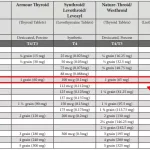Let’s Get Juicy
Can we talk about how sipping a glass of V8 feels like checking off your “veggie goal” for the day? I’ve been there—early meetings, zero time to chop spinach, and suddenly, V8’s calling from the fridge like, “Hey, let’s do this.” But have you ever stopped and thought, wait: what are the bioengineered ingredients in V8 juice? Or wondered if those veggies are as pure and innocent as they look?

I mean, we’re a little obsessed with shortcuts that seem healthy… But sometimes, what’s hidden on the label is way more interesting (and a bit weirder) than we expect. If you’re a label-looker, you already know: what’s inside matters. Let’s jump in. Grab your juice—or whatever you love to sip—and let’s get real about V8.
Why V8 Feels Like a Shortcut
OK, so why is V8 even a thing? Let’s be honest, it’s because getting enough veggies is hard. Whole veggies take time: rinsing, chopping, maybe battling with limp celery in the produce drawer (just me?). V8’s selling point is pure convenience—a blend of eight vegetables, five minutes from shelf to glass, bright red and…a little salty, but hey, it gets the job done, right?
What’s the Draw?
V8 feels like the grown-up cousin of the juice box: low-calorie, packed with vitamins, and claims to “count as a serving of vegetables.” (That’s not just marketing—according to the USDA, one cup of veggie juice does technically count as a cup of veg for your daily quota. That part is legit!) [11]
Quick Nutrient Breakdown
| Nutrient | V8 (per 8oz) | Why It Matters |
|---|---|---|
| Vitamin A | 40% Daily Value | Eye support, immune health |
| Vitamin C | 100% Daily Value | Immunity, skin health |
| Potassium | ~10–15% Daily Value | Blood pressure, muscle recovery |
Have you ever swapped a salad for V8 in a rush and felt pretty proud…until you hit a mid-afternoon energy crash? My friend Kate did exactly that—she joked that “liquid veggies” felt easier until her stomach started asking for a snack (hint: fiber matters, but more on that in a sec).
So, What’s REALLY Inside?
Let’s not dodge it: what are the bioengineered ingredients in V8 juice, really? Because the label says 100% veggie juice, but we’ve learned that can mean a lot of things…
Ingredient Peek—Plain English
If you grab a bottle and squint at the ingredients, here’s what you’ll see (Original V8):
- Water (it’s the first ingredient—hydration, yay!)
- Concentrated juices of tomatoes, carrots, celery, beets, parsley, lettuce, watercress, and spinach
- Salt
- Vitamin C (ascorbic acid)
- Natural flavoring
- Beta carotene (for color, and yes, it’s natural)
- Citric acid (keeps it fresh)
What jumps out? Yeah, the “natural flavoring” part. We’ll dig into that. But first, important—let’s talk about the bioengineering question.
Where Are the Bioengineered Ingredients?
This is actually…less scary than we all thought. According to Campbell’s own FAQ, the majority of V8 products are non-GMO, and specifically, Original V8 contains no bioengineered (GMO) ingredientsaccording to their published ingredient list and the EWG Food Scores database. No genetically modified soy, no sneaky corn syrup, nothing wild that’d make you raise an eyebrow.
Where it gets funky: specialty flavors or mixes. Like, heads up if you ever grab the Bloody Mary Mix, which does contain sugar and corn derivatives that are from genetically modified (bioengineered) crops [7]. Not a huge deal for everyone, but if you go out of your way to limit GMOs, you’d want to know.
Weird plot twist, right? Sometimes it’s not the “plain” things you need to watch for, it’s the “spin-off” flavors.
What About “Natural Flavors”?
Phew. This has caused some online drama. In the past (and I mean years ago), some bloggers found that “natural flavors” could sometimes mean animal-derived additives or obscure sources—which is, frankly, not the most vegan-friendly vibe. But as of now, according to Campbell’s, their natural flavors “primarily come from fruits and vegetables.” That’s a sigh of relief for most plant-lovers out there. Still…if you’re super picky, you’ll want to keep your radar on ingredient inspector breakdowns now and then.

By the way, if this whole “what’s lurking in my juice?” theme has you rethinking things, or you just want recipes you can actually pronounce, check out Organic Vegetable Juice for ideas. There’s something deeply satisfying about knowing every little thing you put in your body.
V8 Versus Whole Veggies…Does It Stack Up?
Let’s have a real talk. Is V8 juice the same as eating a fresh bowl of greens or munching crunchy veggies? Short answer: not really.
The Convenience Trade-Off
It totally wins on convenience. (We’ve all grabbed one in a travel mug on the way to daycare drop-off, right?) But…something’s missing. Maybe you noticed that too. After a can of V8, sometimes you’re hungry sooner than expected.
It’s not your imagination. That missing piece? Fiber. When making V8 and other juices, the fiber that naturally comes with veggies gets mostly strained out. Fiber keeps you feeling full, helps with digestion, and even helps keep your heart healthy. That’s why no matter what the label claims, drinking juice isn’t exactly the same as chomping on raw carrots or tossing back leafy spinach.
According to most nutritionists and “eat more whole foods” nerds (hi, that’s me), V8 can absolutely be part of a veggie-friendly day—but it shouldn’t be the star. If you want to see how simple real-ingredient blends can be, take a peek at some Organic Tomato Juice options for inspiration.
Okay, So What About Homemade?
If you’ve got a juicer or a halfway-decent blender, you can totally make your own. One time, I threw together carrots, a few tomatoes, celery (why does everyone have “emergency celery” in their fridge?), plus lemon juice and a handful of baby spinach. It looked a little weird…but it tasted way fresher than store-bought. Promise! Fun fact: my five-year-old thought it was hilarious to “invent juice”—and drank half the pitcher himself.
The big difference? You get that natural fiber boost, and you can skip the preservatives and additives entirely. Plus, you’ll never have to Google “what are the bioengineered ingredients in V8 juice?”—because you’re in total control. There’s a great round-up of creative ideas over at the Organic Vegetable Juice article too if you want to go on a DIY adventure.
Is All Juice Created Equal?
Not all juices have the same story. Let’s do a quick and honest comparison.
| Drink | Bioengineered Ingredients? | Fiber | Sodium | Main Perks |
|---|---|---|---|---|
| Original V8 Juice | No (non-GMO) | Very low | ~640mg/serving | Quick veggies, vitamins A & C |
| V8 Bloody Mary Mix | Yes (GMO sugar/corn) | Very low | Higher (can be 800mg+) | Party brunch vibes, less “healthy” |
| Store-bought Organic Vegetable Juice | No (certified organic) | Still low | Varies, usually lower | Cleaner label, fewer additives |
| Homemade Organic Tomato Juice | No | Moderate (if unstrained) | Depends on recipe | Fresh, pure, customizable |
See that last column? That’s where real veggie wins live. If you’re bored of “pour-and-sip” and want more, organic tomato juice can perk up your routine (and tastes so much brighter when you make it yourself).
Read Those Labels—It Matters!
Here’s something I never thought I’d say: reading food labels makes you feel like a detective. There’s the front bragging about “natural,” and then there’s the back—where the truth lives. The phrase to hunt for these days is “contains bioengineered ingredients” or the old-school “GMO.” For most mainstream V8, you won’t find it. But for flavored, spicy, or cocktail mixes—yep, it might pop up. It’s the kind of thing you almost miss if your eyes glaze over after “carrot juice concentrate.”
For real peace of mind, and if you truly want to avoid those potential bioengineered ingredients in everything, try going for labeled organic. It’s the easy hack to sidestep GMO/bioengineered worries. There are loads of organic vegetable juice options popping up lately, in stores and online—seriously worth a look if you want no surprises in your diet.
Why Do People Care So Much?
This is personal, honestly. Some folks are “whatever” about genetically modified ingredients; others are super cautious—worried about the unknowns, long-term environmental impacts, or just wanting to eat as close to nature as possible. No judgment, promise. For me, after reading a few too many articles about mystery ingredients, I’m way pickier than I used to be. (Confession: I still let my kid have veggie chips. Balance, right?)

Neighbor Test: Does V8 Taste (and Feel) Like Real Veggies?
Funny story: my neighbor, let’s call her Amanda, did a “V8-only experiment” for a week. Her goal? Hit her veggie targets with no stress or chopping. Early in the week, she loved the convenience—work lunches were a breeze. By day five, she noticed she was craving extra snacks, and (her words, not mine), “I’d kill for a crisp salad!” Turns out, you just can’t fake the crunch and satisfaction of real, whole veggies. Juice can lend a hand, but it’s just not the same by itself.
Curious? Try both versions. Spend a few days drinking V8, then compare it to a week where you make your own blend, or even just bump up your whole veggie intake. Track how your energy, digestion, and cravings stack up. I’d love to hear your results.
The Takeaway—”Juice, But Smarter”
So…what are the bioengineered ingredients in V8 juice? For good ol’ Original V8, the answer is—none. Seriously, Campbell’s keeps it non-GMO, no sneaky corn syrup or mysterious soy proteins. That said, check your label with any fancy flavors: things like Bloody Mary Mix do toss in GMO-derived sugars and corn. The real hero isn’t the label, though; it’s knowing what works for your body and your values.
V8? It’s a helpful shortcut. It gives a vitamin boost, wakes up your taste buds, and makes “veggie days” a little easier. But honestly, nothing beats whole veggies or a homemade blend…with bonus points for using organic vegetable juice or organic tomato juice—less guesswork, more goodness.
So, next time you’re in the grocery aisle, coffee in one hand and V8 in the other, take a quick look at what’s actually in your juice. Think about variety, balance, and what feels good for you. And if you want to play chemist in your own kitchen, make a batch of homemade juice. Who knows—you might start a new ritual (even if it gets a little messy). Cheers to being curious, staying honest about shortcuts, and making choices that match the way you want to feel—inside and out.


















Leave a Reply
You must be logged in to post a comment.